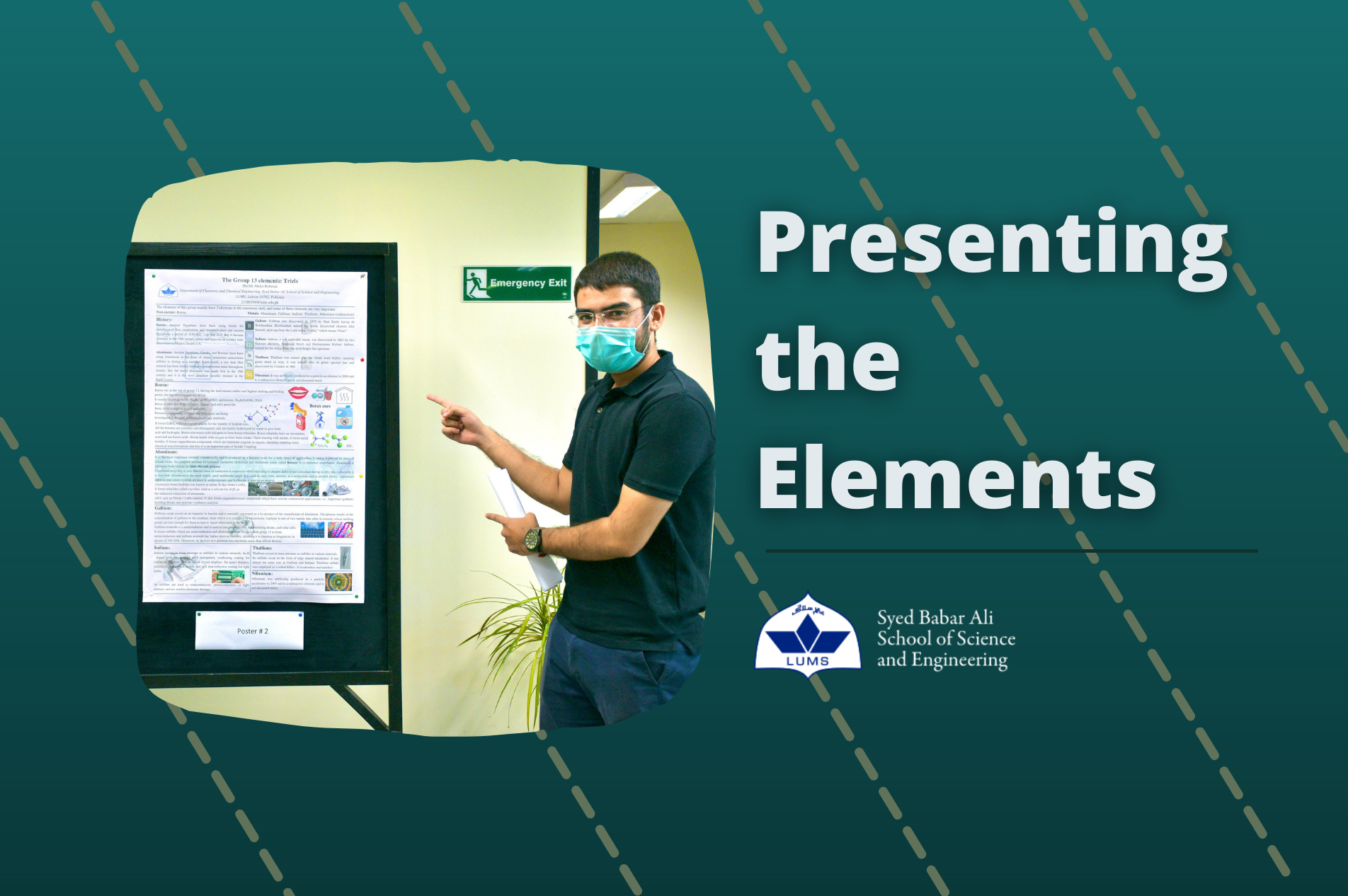
Presenting the Elements
A smartphone like the one in your hands on which you are (perhaps) reading this text contains around 70 elements from the periodic table. Of these 70, Silicon, Aluminum, and Oxygen, Indium and Tin are the major components of the glass display and touchscreens. Likewise, the battery essentially contains Lithium, Cobalt, Oxygen, and Carbon. The study of recovery, properties, and uses of elements present in the periodic table is known as Inorganic Chemistry.
However, teaching and learning Inorganic Chemistry could be challenging as there are quite a lot of elements. For instance, the elements we just mentioned are just a few of the total 50 elements of the Main Group of the periodic table. Teaching and learning the chemistry of these elements systematically and engagingly demand innovative pedagogical methods.
While teaching the Main Group Chemistry module of Inorganic Chemistry to undergraduate students, Dr. Muhammad Zaheer came up with an idea. Students were assigned a project to make posters highlighting the chemistry of selected elements assigned to them. The specific task was to develop creative ways to transform the descriptive chemistry of elements into engaging visuals (graphics, charts, illustrations, and schemes). The students were provided with all necessary guidelines and repeated feedback on their posters.
The posters—put on display in the Hallway—were visited by an overwhelming number of faculty and students. The presenters explained their posters to the visitors and answered their questions. The participants also peer-graded other posters.
The students think that this activity was quite engaging and helped them prepare the Main Group Chemistry in a more fun way. It also boosted their interest in the subject, and they learned how to communicate science to others in a concise manner.
The poster activity was the first of its kind in the department. The best of the posters will be framed and displayed in the main lobby of the department.
Dr. Muhammad Zaheer from the Department of Chemistry and Chemical Engineering led this effort with the students.

